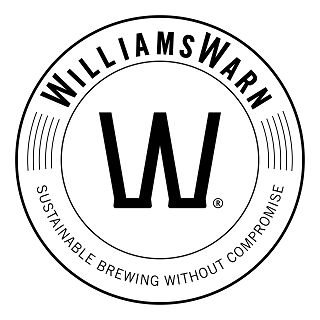Ok, I only have two songs about hops however I am fairly certain that if you get through listening to both of these you won’t be begging for more.
We start with the hop-pickin’ classic – Hopping Down in Kent by The Albion Band, released in 1977. And who can forget the classic My Lovely Hops by Mary Ann Haynes from 1975.
But I digress. I didn’t really want to give you seven songs about hops, I’m not sure there are seven – however I do think you all need to listen to Mary Ann Haynes classic before we move on.
In Part 1 of this series on hops I wrote of the three main roles of hops in beer: bittering, flavouring and stabilising. I also gave a little world history in the context of hops and focused in on Motueka hops – another kiwi classic hop sought all over the world. If you want to check that article out, it’s right here
What I want to do in the remainder of this post is talk a little to the two primary roles of hops that we think about when we home brewers think about hops. Bittering and aroma.
Bittering
When hops are used to add bitterness to your brew. It is typically the release of the alpha acids which are isomerised through a boiling process. This is usually done during the boil of the wort and the longer you leave them boiling in the kettle and the higher the alpha acids in the hop, the more bitterness that is imparted. Bitterness is measured in International Bittering Units or “IBUs” and different styles of beer have different ranges of IBUs that are allowed for that style as per the Beer Judge Certification Program (aka BJCP) standards. For example, the American IPA allows for a range of 40-70 IBUs if you are brewing to the BJCP standard.
When using hops for bittering it is not the flavours and aromas you are looking to get from the hops, so use a high alpha acid variety that is going to give you good bang for buck. Nugget, Centennial, Chinook are all examples of high alpha hops that are commonly used for bittering.
It is also possible to add isomerised hops into your beer at any stage after the brewing process. So, pre- or post-fermentation for example. This can be a great way to deliver IBU units into your beer if you are an extract brewer or if you’re an all-grain brewer and simply got your calculations wrong.
Tetra Hops is a great commercially available example of an isomerised hop. This means it can be added later in liquid form (as I said, even post fermentation) to deliver a dose of bitterness. The positive side effect of upping the IBUs in your beer is that it provides for great head retention and stability in the beer.
Aroma
If hops for bittering is the science, adding hops for aroma is the art. Too many hop cultivars (cultivated varieties) to speak to here and they all have a special place in a variety of different beers. My recommendation is to explore the world of hops when you are experimenting with aromas. Go on, go out on a limb. Dose heavily or try something different. It’s the only way to find out what works for your taste buds.
You can add hop aroma late in the boil (often 5-10 minutes before the boil is complete or at flame out) and you can also add hops for aroma at every stage through to the pouring of the beer. I once pushed an American Pale Ale I made through some fresh cascade flowers to give it that final zing as the beer made its way from the keg to the glass. It was fresh and fruity although I would also say it was slightly grassy so it’s not something I’ve repeated… but it can be done!
For us home brewers, we can dry hop into the fermenter either pre- or post-fermentation by adding hop pellets into a bag and floating it in the fermenter (add a ping pong ball for best result so that the bag continues to float) or we can create a hop tea and impart the flavours after pushing the hops through a French coffee press. See the instructions to do this in the top section of one of our recipe downloads
My recommendation folks is to experiment. Experiment with bitterness and experiment with aromas. And document everything!… it’s always good to be able to repeat your successes with precision.
So that’s it for today. Later in the week I will delve into a few kiwi hop cultivars. These kiwi classics are seriously sought after in North America. I was there recently and when I mentioned that I lived in New Zealand, almost without fail every beer geek I bumped into waxed lyrical about one or more of the hop varieties I’ll speak to in my next article. Generally the comment would start “Oh man, you have the best hops, we just can’t get our hands on them…”
